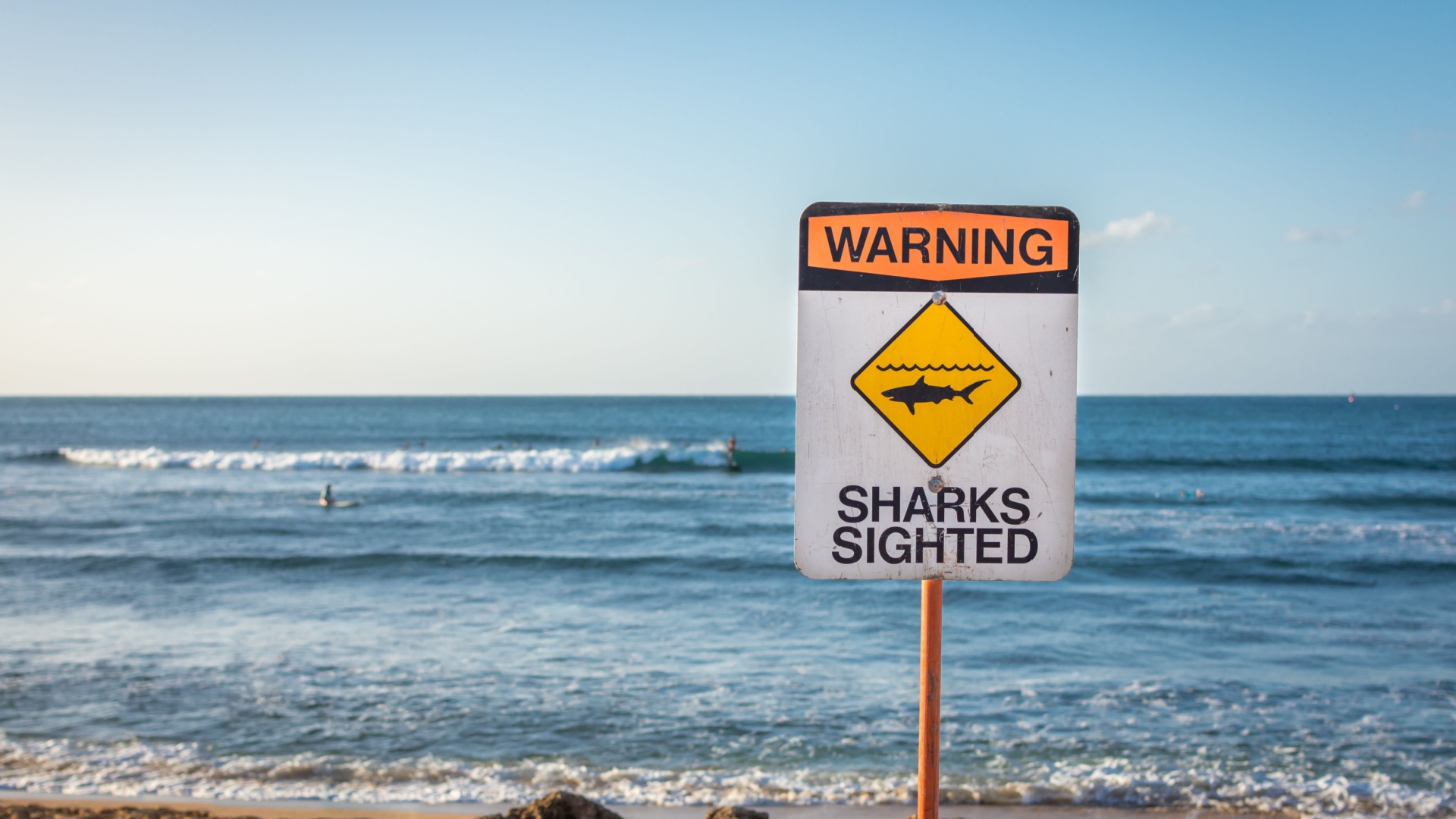Shark attacks are one of the rarest dangers at the beach, yet they capture our imagination like no other.
While the likelihood of encountering a shark is incredibly low, some beaches in the United States have gained a reputation for shark activity due to environmental factors and human interaction.
These incidents often stem from sharks mistaking humans for prey or simply being curious.
Let’s dive into some U.S. beaches known for the most shark attacks, when these incidents occurred, and how you can stay safe while enjoying the ocean.
1. New Smyrna Beach, Florida
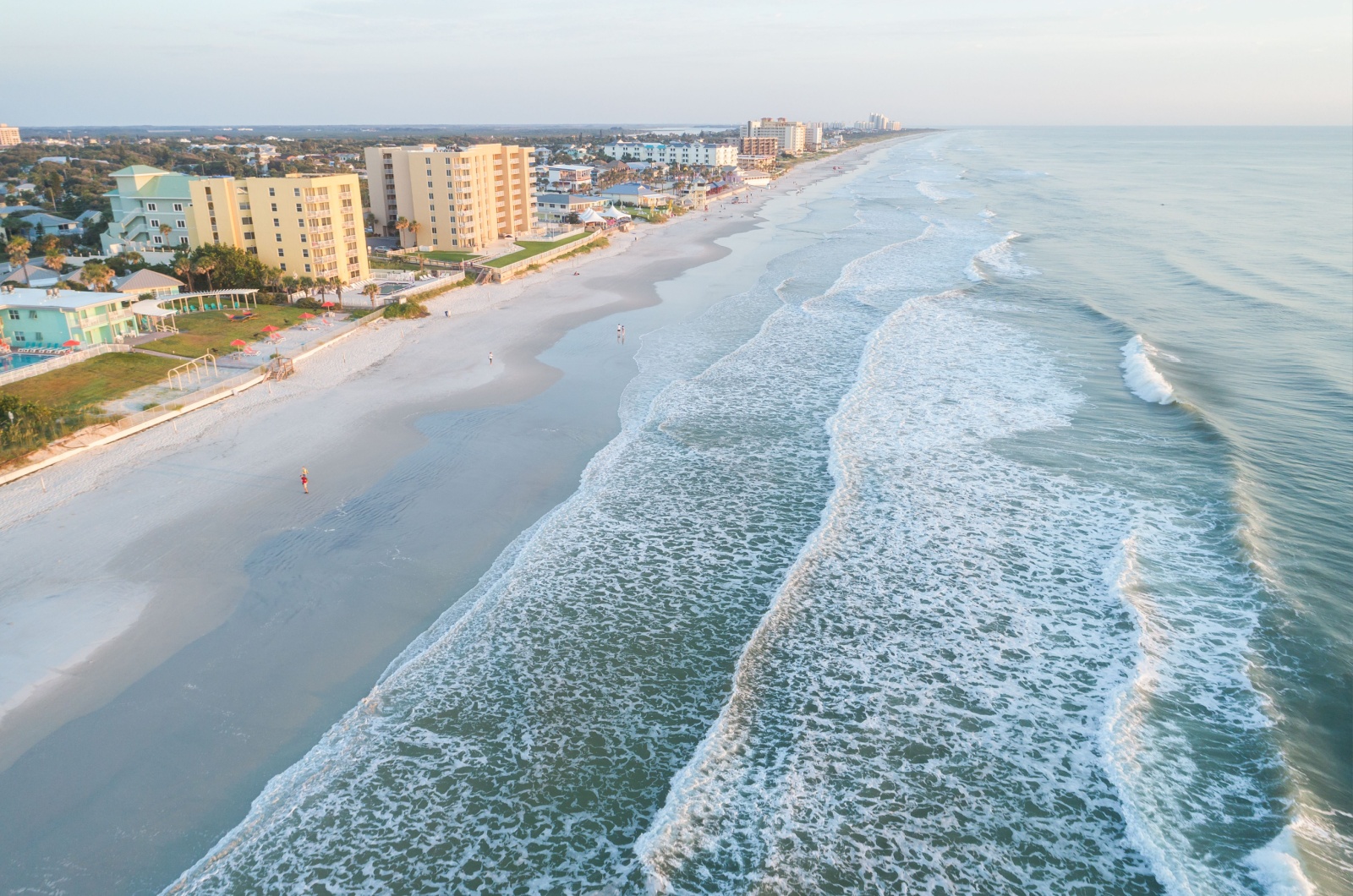
Known as the “Shark Attack Capital of the World,” New Smyrna Beach has recorded more shark attacks than any other beach in the U.S.
The warm waters and thriving fish populations near the coast attract blacktip and spinner sharks, which are the primary culprits behind most bites.
Many incidents involve surfers, as their movements resemble prey like fish or seals. For example, in 2022 alone, New Smyrna Beach reported multiple non-fatal shark bites, mostly involving surfers.
To stay safe, avoid swimming near schools of fish or in murky water where sharks might be feeding.
2. Cocoa Beach, Florida
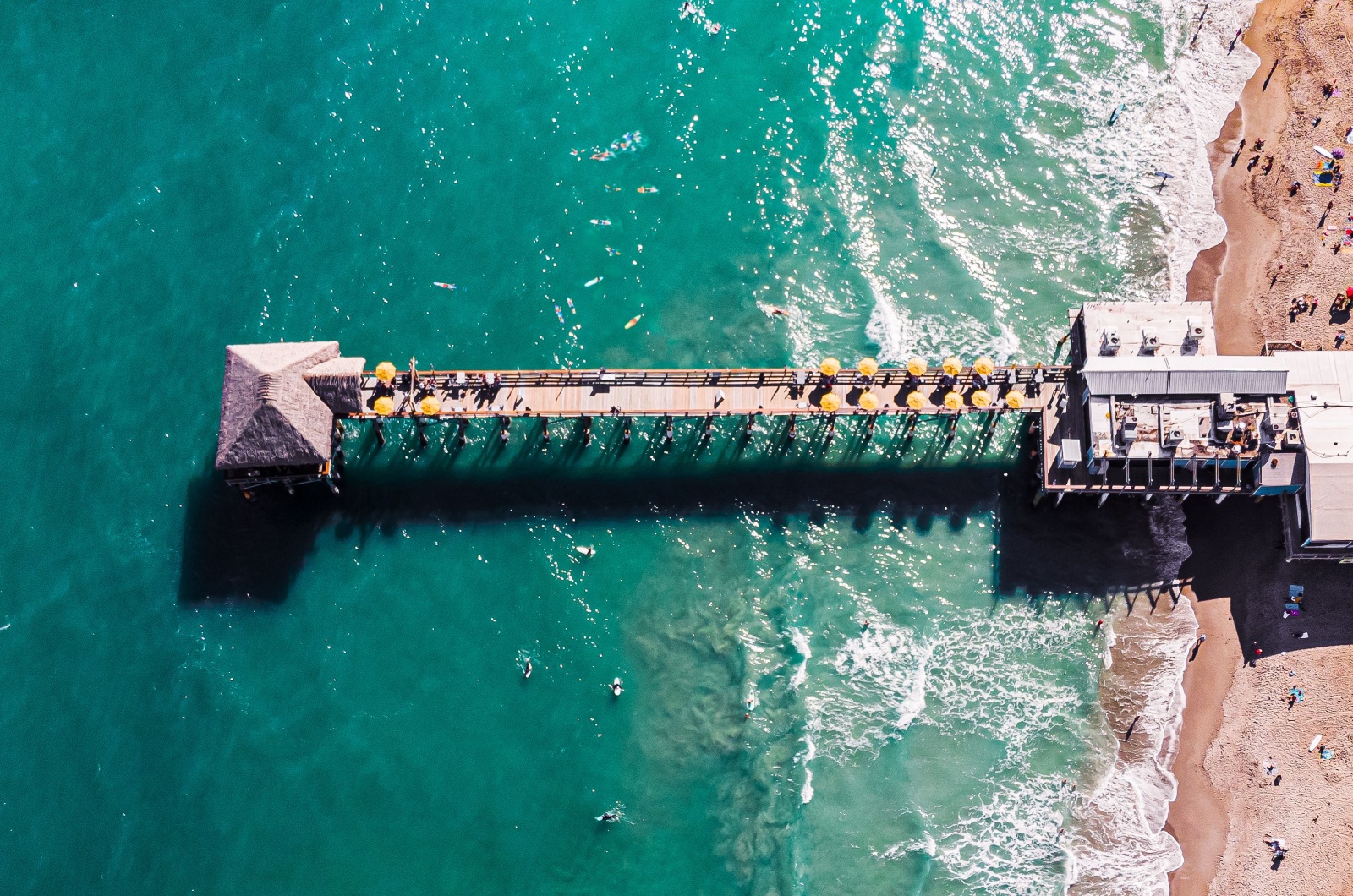
Cocoa Beach is famous for its surf culture, but it also has a history of shark encounters. Many of these incidents occur during the summer months when both sharks and beachgoers are most active.
Sharks, particularly blacktips, are drawn to the area by abundant baitfish. In 2021, a swimmer suffered a minor bite while wading near a sandbar, a common feeding area for sharks.
Staying in groups and avoiding dawn or dusk swims can significantly reduce your risk.
3. Ponce Inlet, Florida
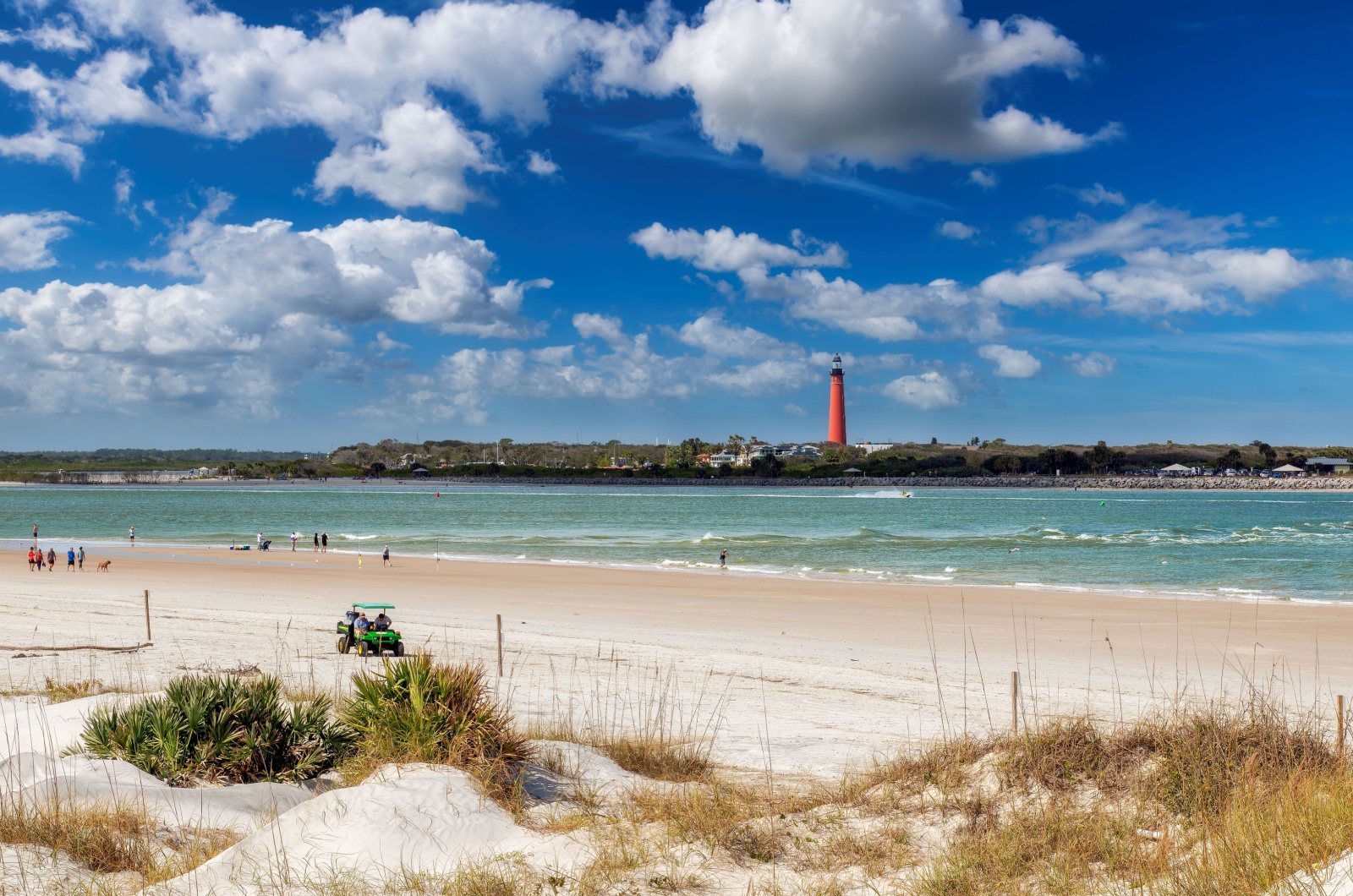
Located near New Smyrna Beach, Ponce Inlet is another hotspot for shark activity. The inlet’s waters are rich with marine life, making it a prime hunting ground for sharks.
Several attacks have been reported here in recent years, typically involving surfers and swimmers venturing into deeper waters.
In one notable 2020 case, a surfer sustained a minor bite while paddling near a school of baitfish. Avoiding areas with active fishing or diving seabirds can help minimize your chances of an encounter.
4. Daytona Beach, Florida
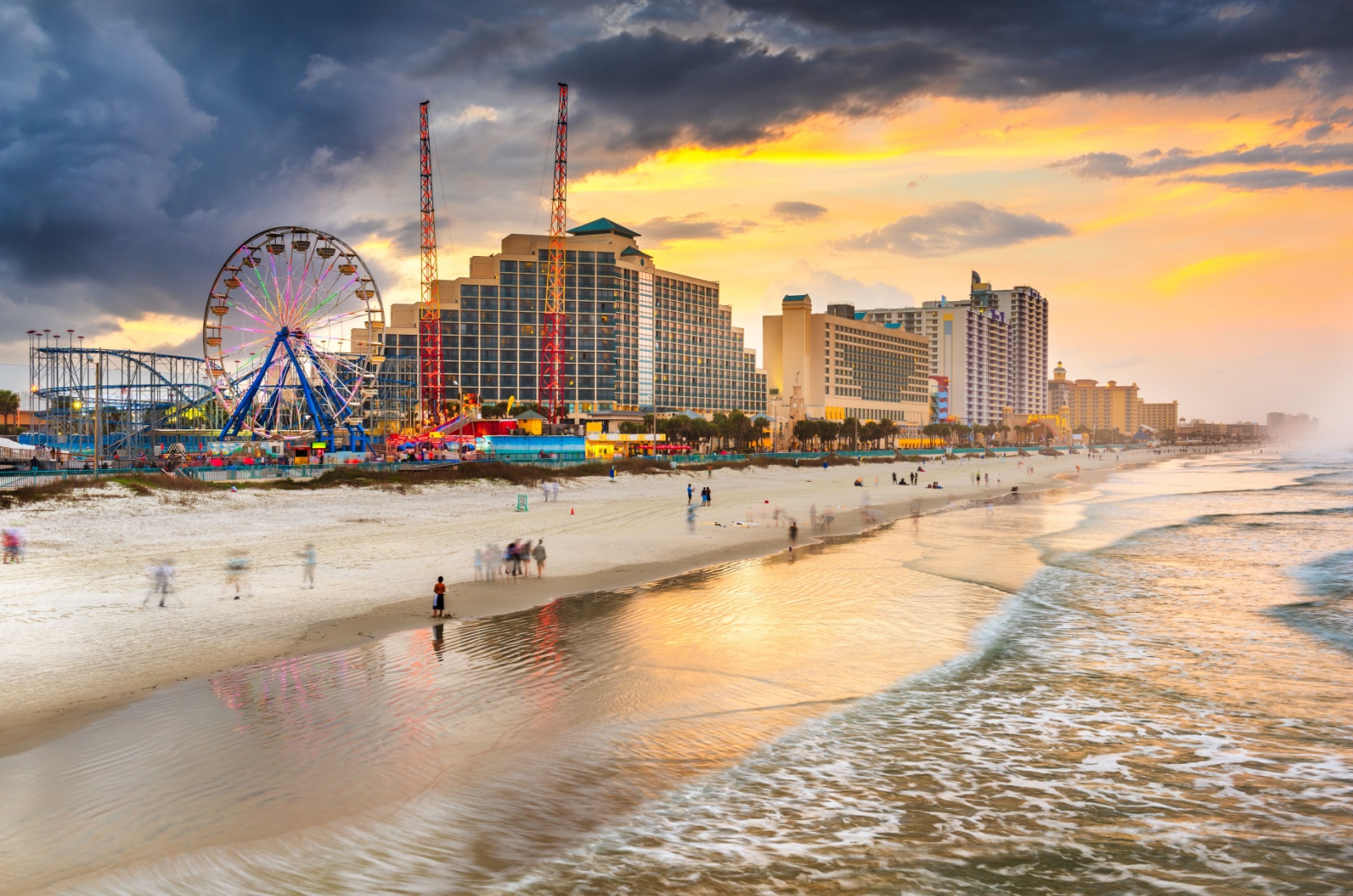
Daytona Beach, a popular tourist destination, also has its share of shark activity. The combination of warm waters, active swimmers, and thriving marine ecosystems creates the perfect conditions for shark encounters.
In 2019, two separate shark bites were reported within weeks of each other, both involving surfers. Experts advise avoiding brightly colored swimwear, which can attract curious sharks, and always keeping an eye on your surroundings.
5. Jacksonville Beach, Florida
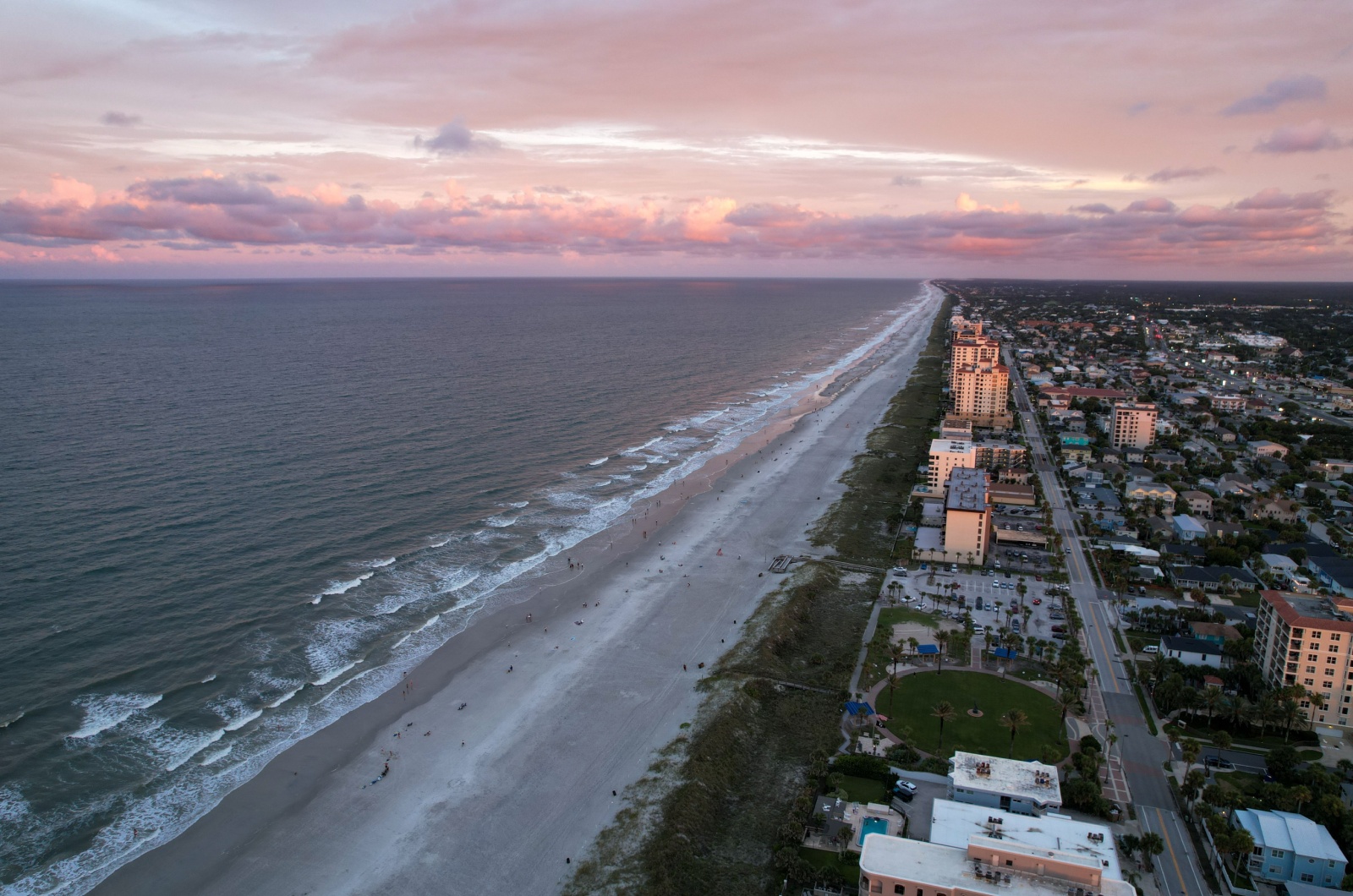
Jacksonville Beach is another Florida hotspot where shark encounters are more common than average.
Many of the reported attacks here involve blacktip and bull sharks. In 2020, a fisherman was bitten while reeling in his catch, highlighting the risks of handling bait or fish near the water.
To stay safe, refrain from swimming near fishing piers, as sharks are often drawn to the area by discarded bait.
6. South Beach, Miami, Florida
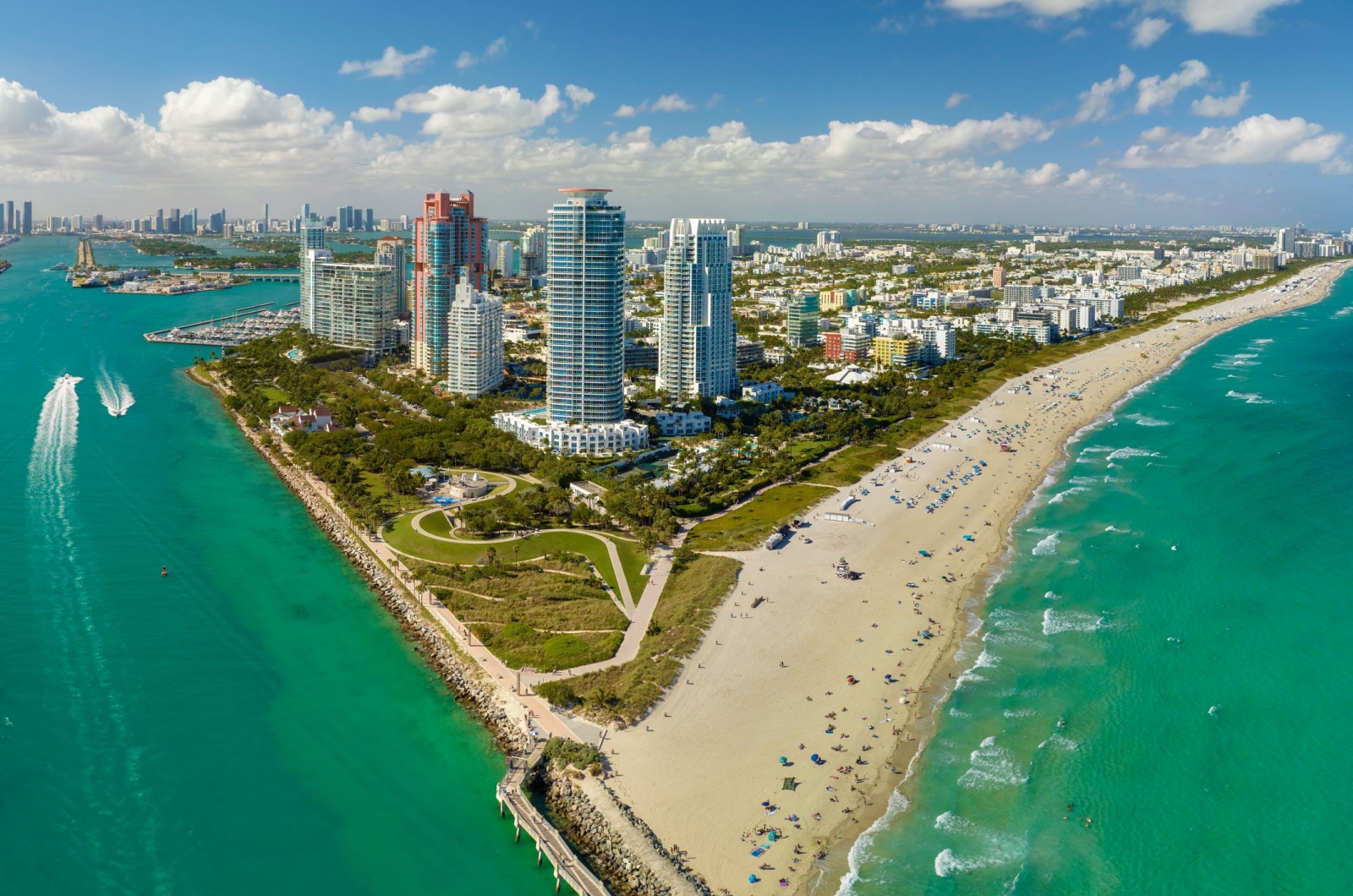
South Beach in Miami may be known for its vibrant nightlife, but its waters are also home to sharks.
While attacks are rare, they tend to happen during the summer months when tourist activity peaks.
In 2021, a swimmer sustained a minor injury after a suspected shark bite near the shoreline. Avoiding flashy jewelry that can mimic fish scales and swimming in clear water can help reduce the chances of an encounter.
7. Gulf Shores, Alabama
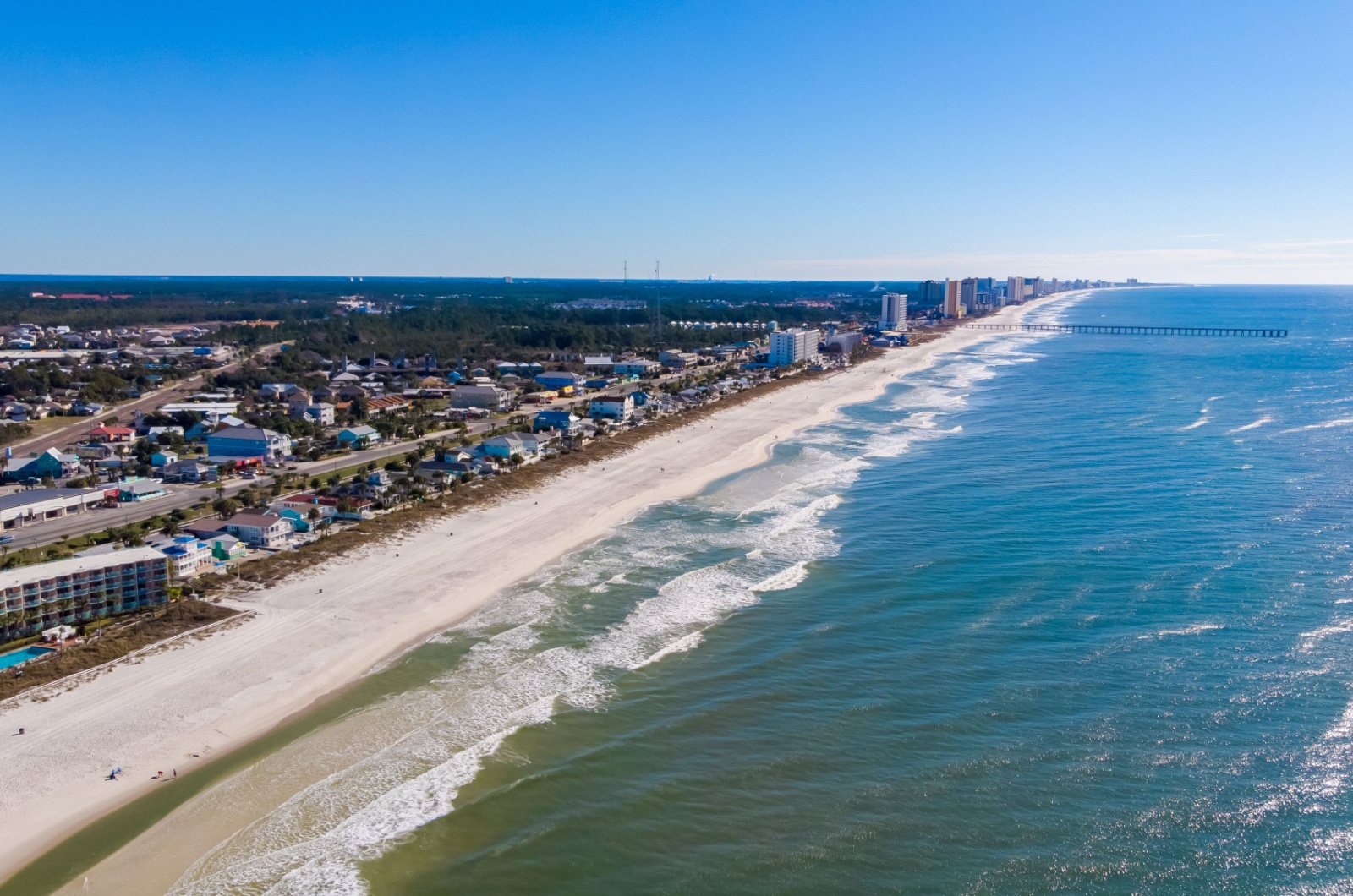
Gulf Shores is a beautiful destination along the Gulf of Mexico, but it’s also a site of frequent shark activity.
Migratory patterns bring species like blacktip and bull sharks closer to shore, especially during the warmer months.
In 2022, a swimmer was bitten while wading in shallow water, a reminder that sharks can venture close to shore. Staying close to lifeguarded areas and avoiding swimming alone are key safety tips.
8. Myrtle Beach, South Carolina
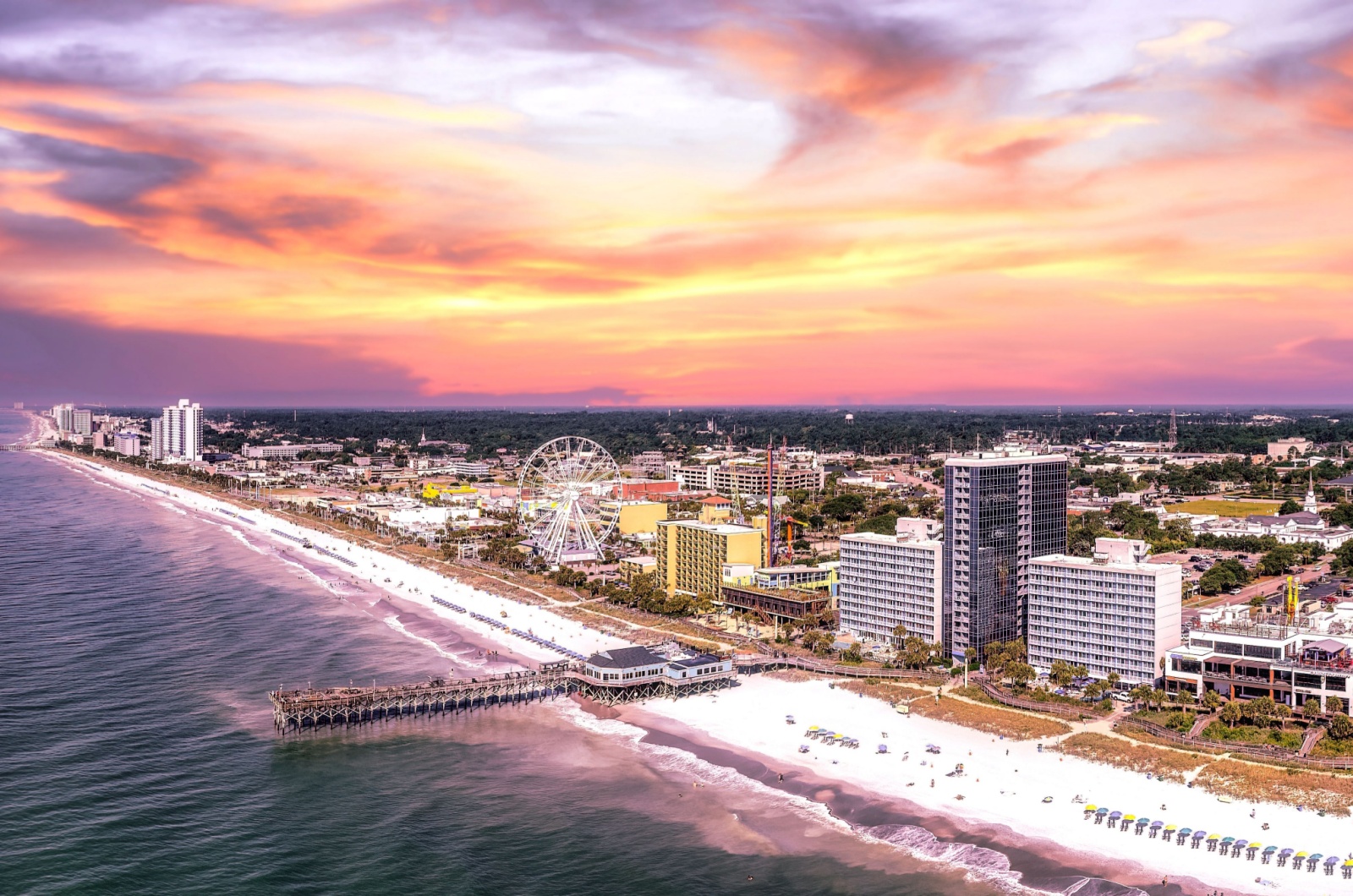
Myrtle Beach is a family-friendly vacation spot that has reported several shark encounters over the years.
Most incidents are minor and involve small sharks mistaking feet or hands for prey. In one 2021 case, a teenager suffered a bite while swimming in waist-deep water.
Experts recommend avoiding wearing shiny objects or splashing excessively, as this can attract sharks.
9. Hilton Head Island, South Carolina
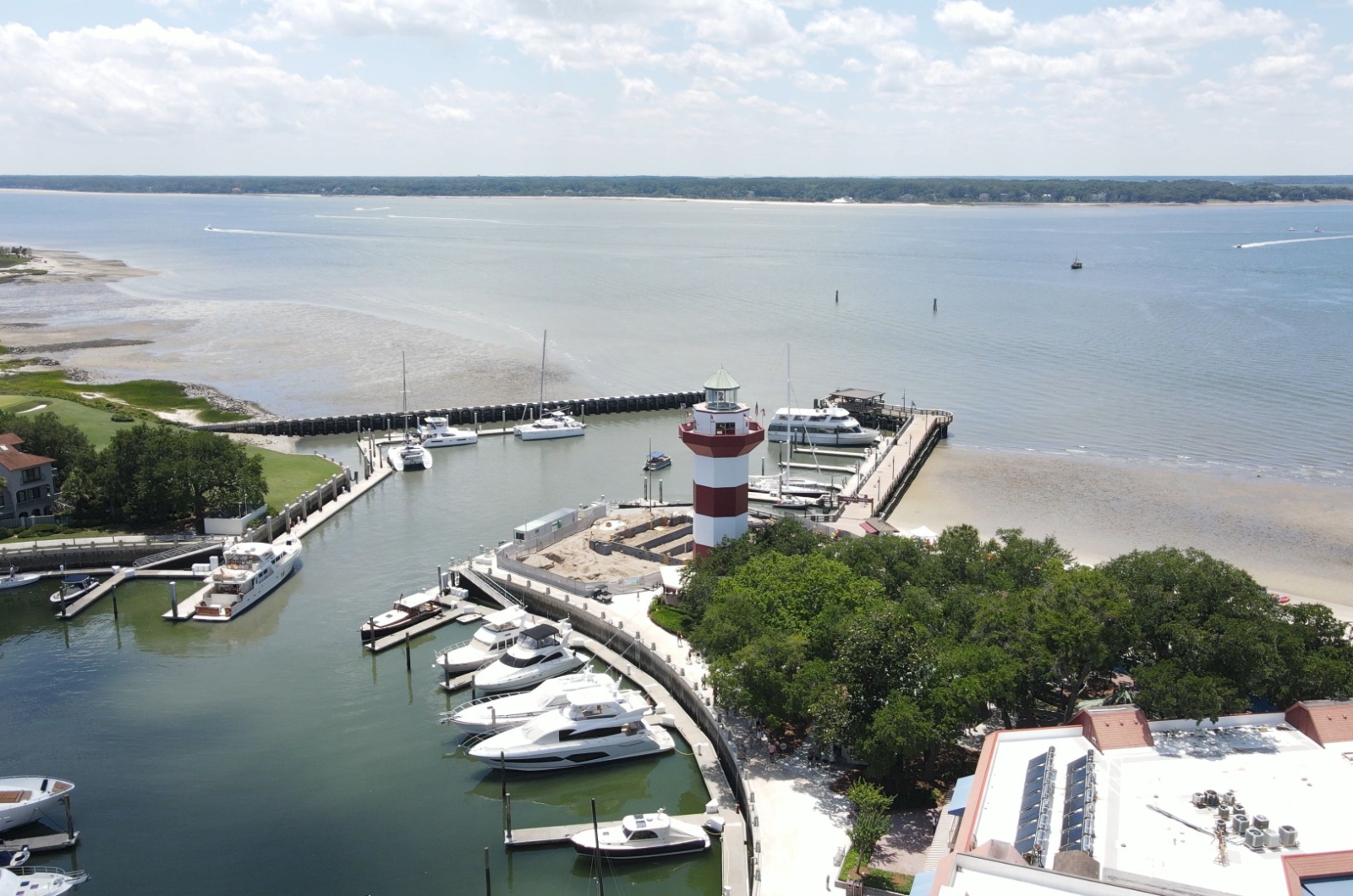
Hilton Head Island is known for its serene beaches, but it’s also an area with occasional shark activity.
The warm, shallow waters attract species like blacktips and tiger sharks. In 2020, a paddleboarder reported a close encounter with a shark, though no injuries occurred.
Staying out of the water during dawn and dusk, when sharks are most active, is a simple but effective precaution.
10. Folly Beach, South Carolina
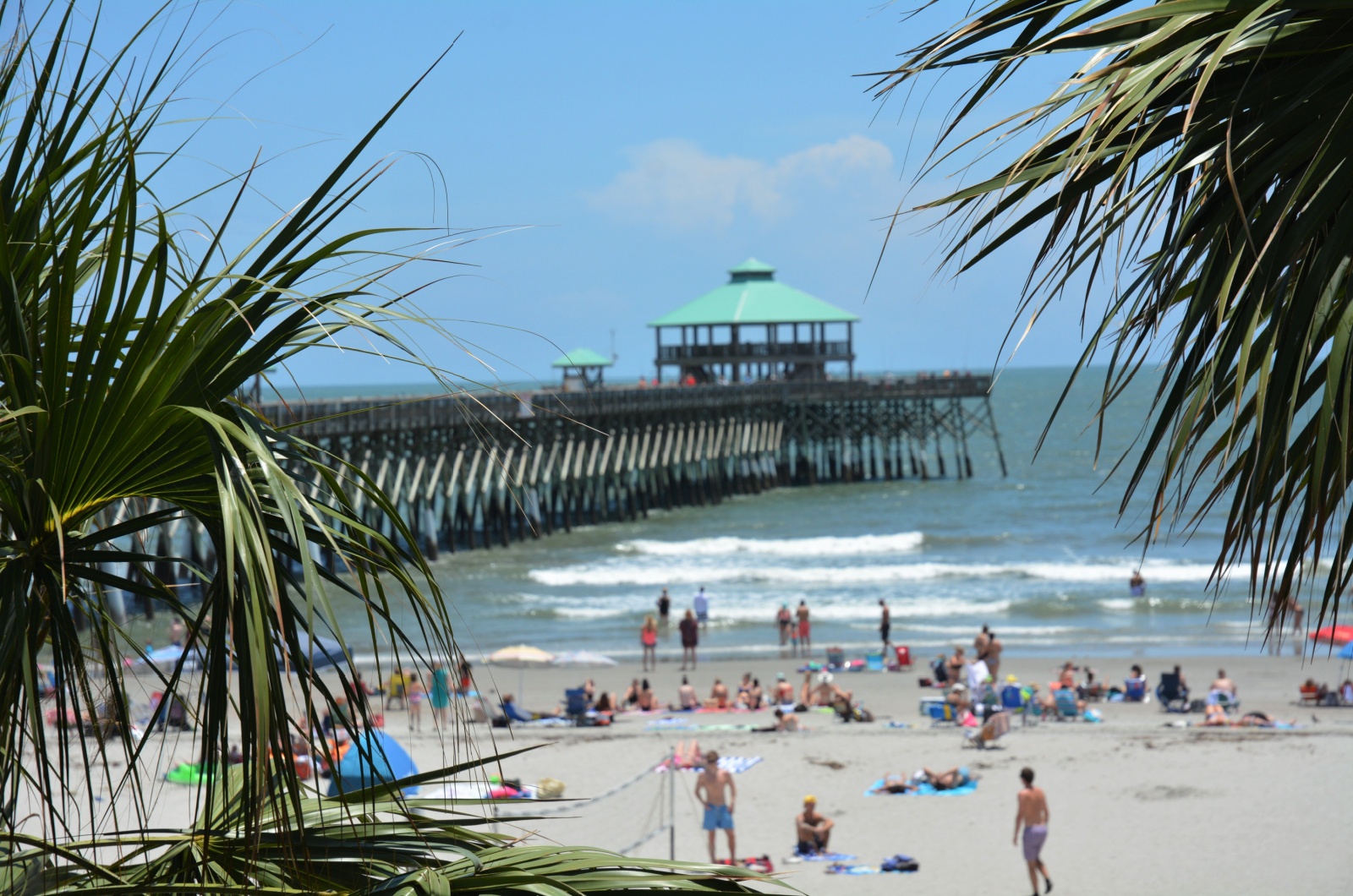
Folly Beach, a favorite among surfers, has had its share of shark sightings and bites. The marshes and estuaries nearby are breeding grounds for marine life, which draw sharks closer to shore.
In 2019, a swimmer was bitten while wading near a fishing spot. Always avoid areas where people are actively fishing, as this increases the likelihood of shark activity.
11. Outer Banks, North Carolina
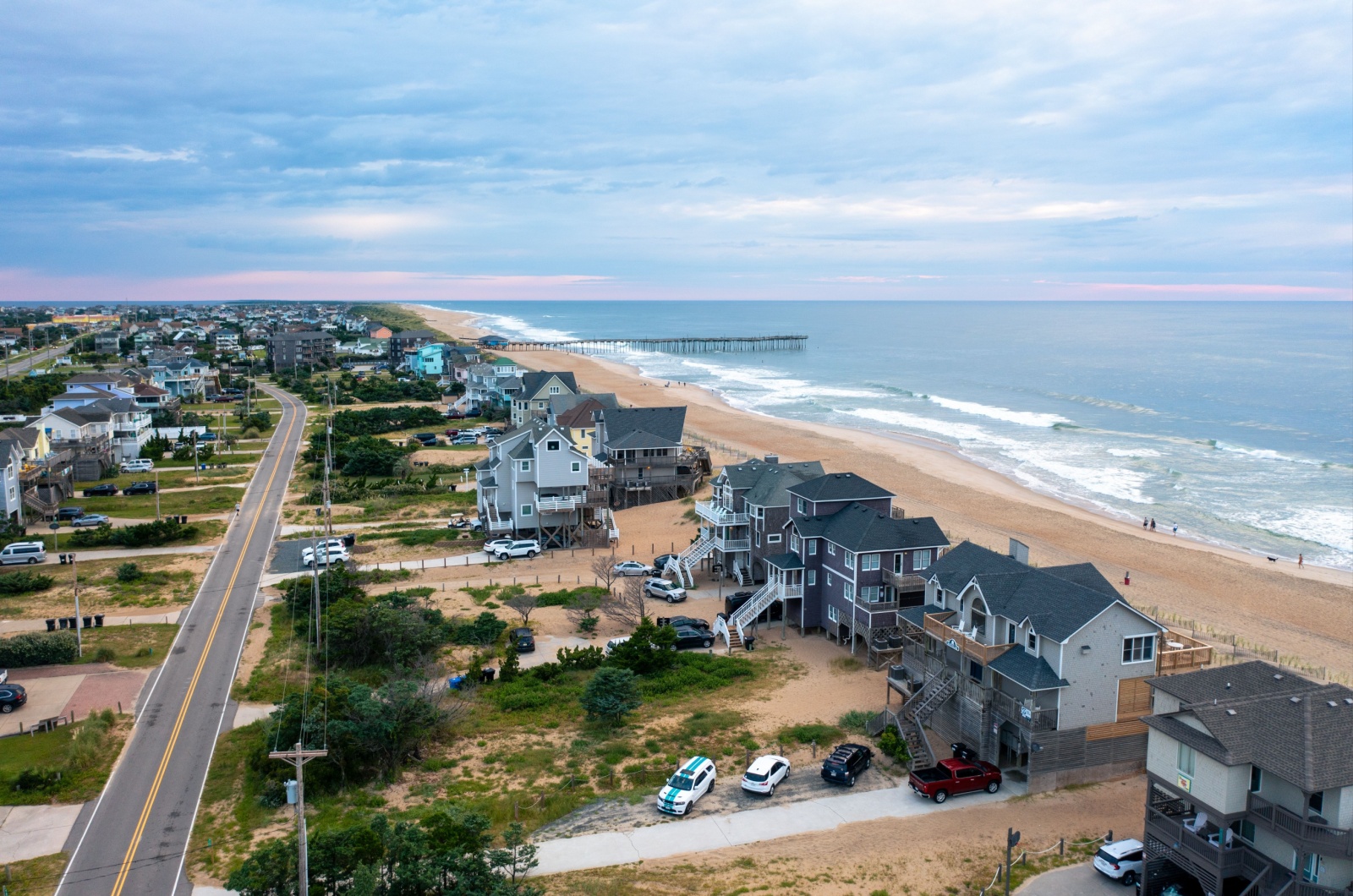
The Outer Banks are famous for their dramatic coastlines and rich marine life, but they’re also a hotspot for shark encounters. In 2020, a snorkeler reported a bite while exploring a reef. The warm Gulf Stream waters that flow close to the shore attract species like tiger and bull sharks. Avoiding murky water and sticking to designated swimming areas can help keep you safe.
12. Cape Hatteras, North Carolina
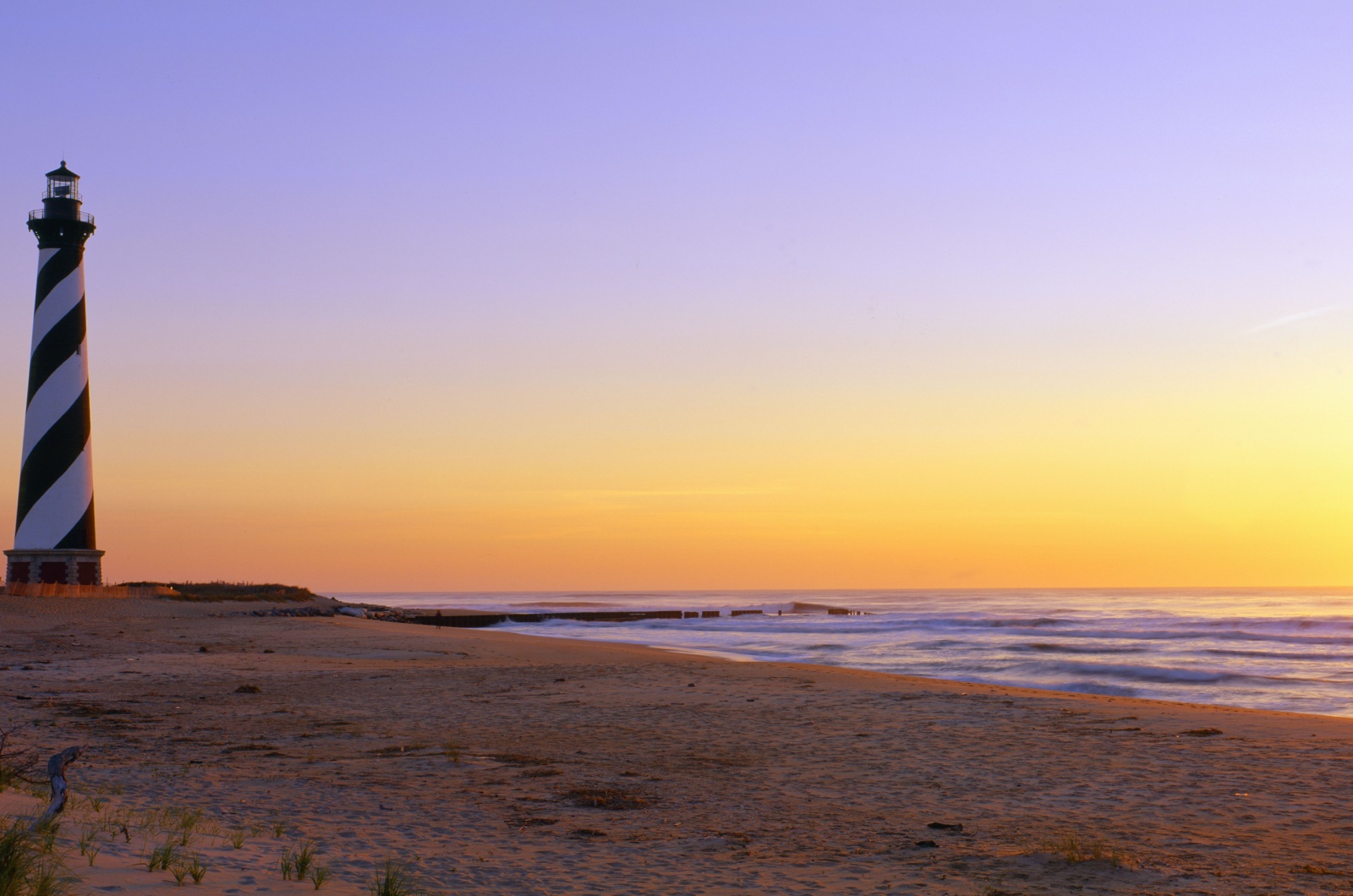
Part of the Outer Banks, Cape Hatteras is particularly known for shark activity. The convergence of currents creates a rich feeding ground for sharks.
In 2021, a kayaker reported a close encounter with a tiger shark. Keeping an eye on local advisories and avoiding isolated areas can minimize your risk.
13. Ocracoke Island, North Carolina
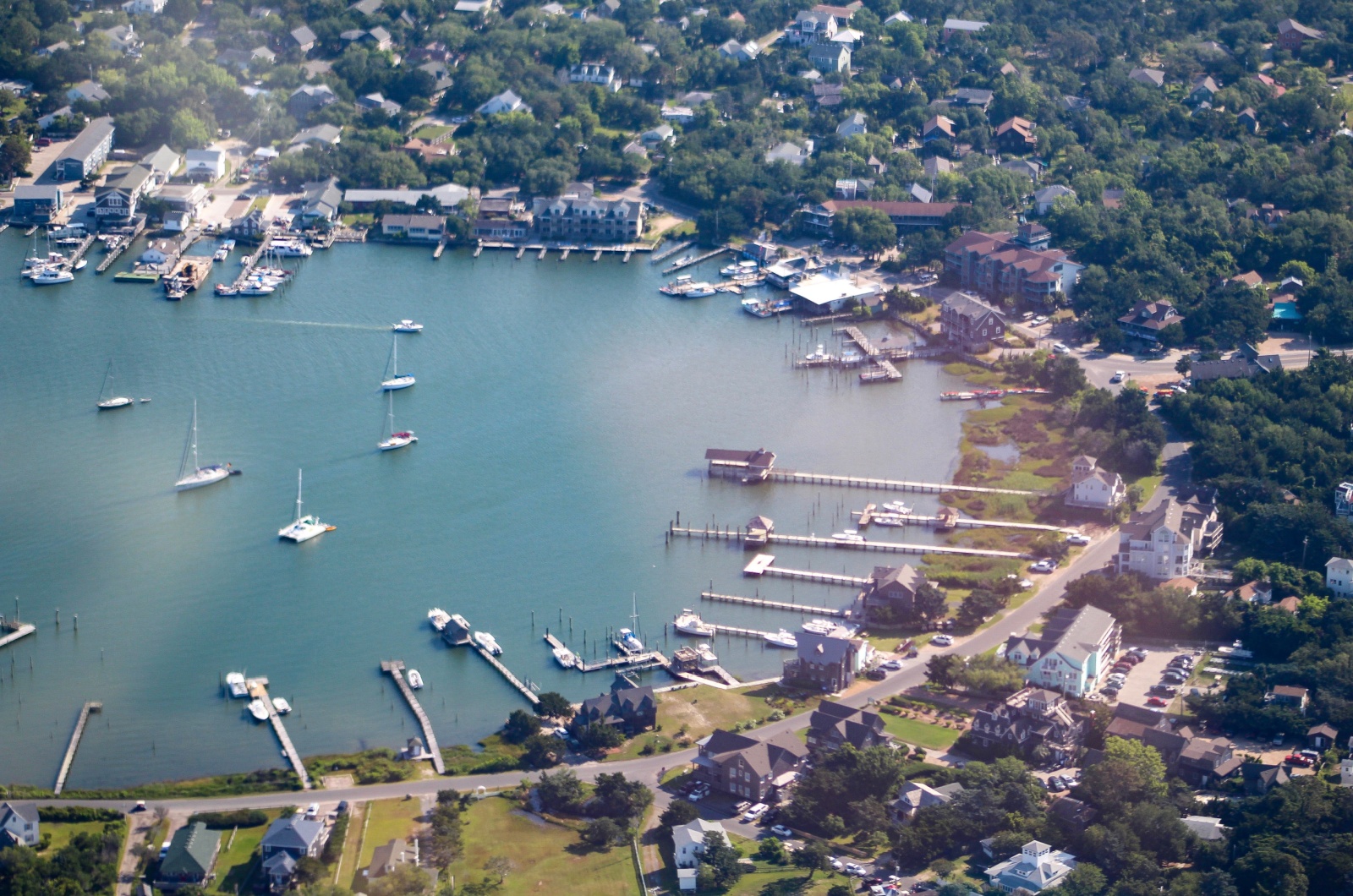
Ocracoke Island, another gem of the Outer Banks, has a history of shark encounters. In one notable case, a swimmer was bitten in 2018 while enjoying the surf.
The island’s remote nature and rich biodiversity make it a prime location for marine predators. Always swim with a buddy and avoid areas where wildlife is actively feeding.
14. La Jolla Shores, California
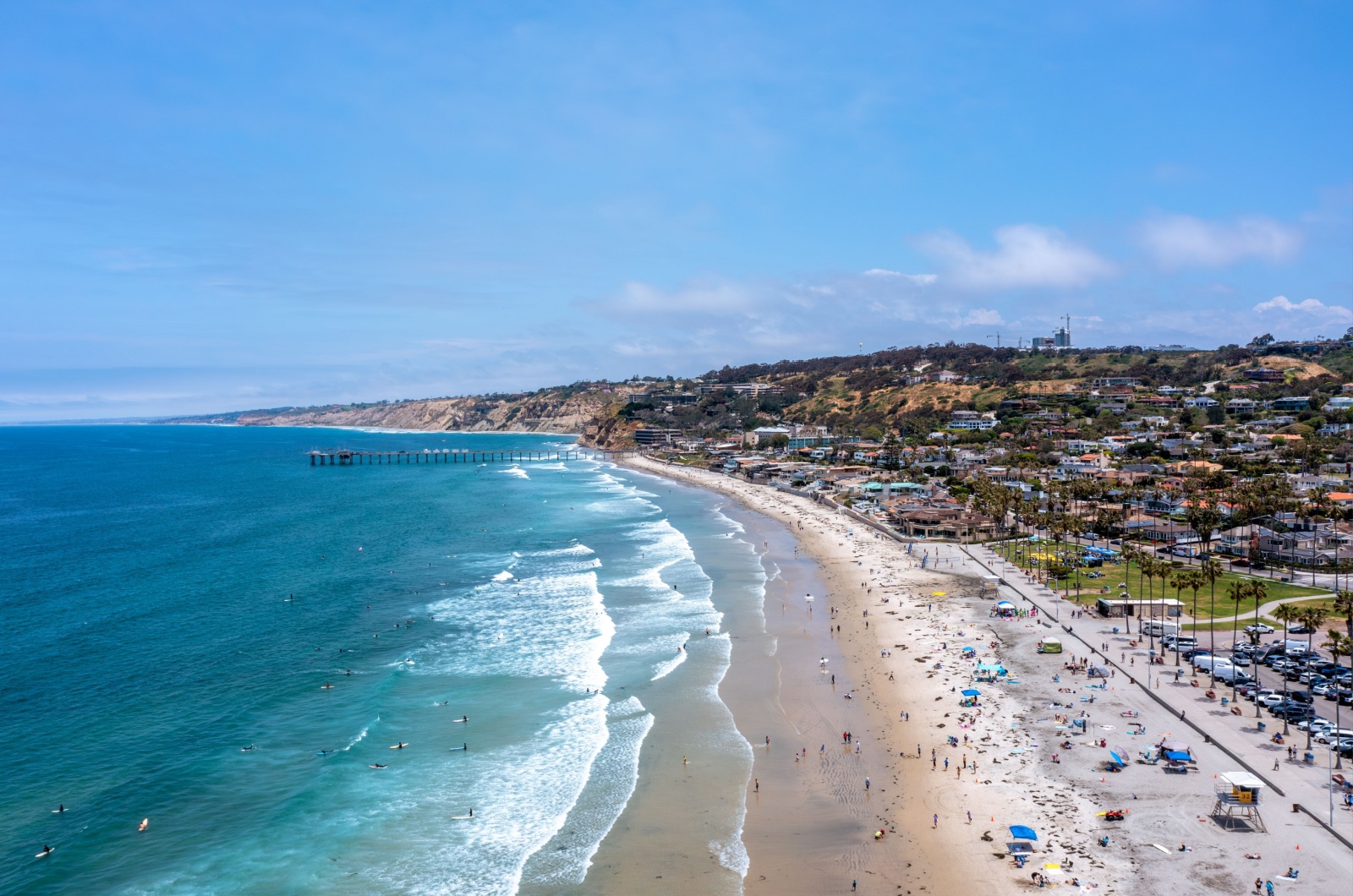
Located near San Diego, La Jolla Shores is a hotspot for marine life, including sharks. Leopard sharks are common here and harmless to humans, but larger species like great whites occasionally pass through.
In 2022, a kayaker had a close encounter with a great white shark near the kelp forests. Avoiding swimming near seals or sea lions, which are prey for larger sharks, is a good safety measure.
15. Maui, Hawaii
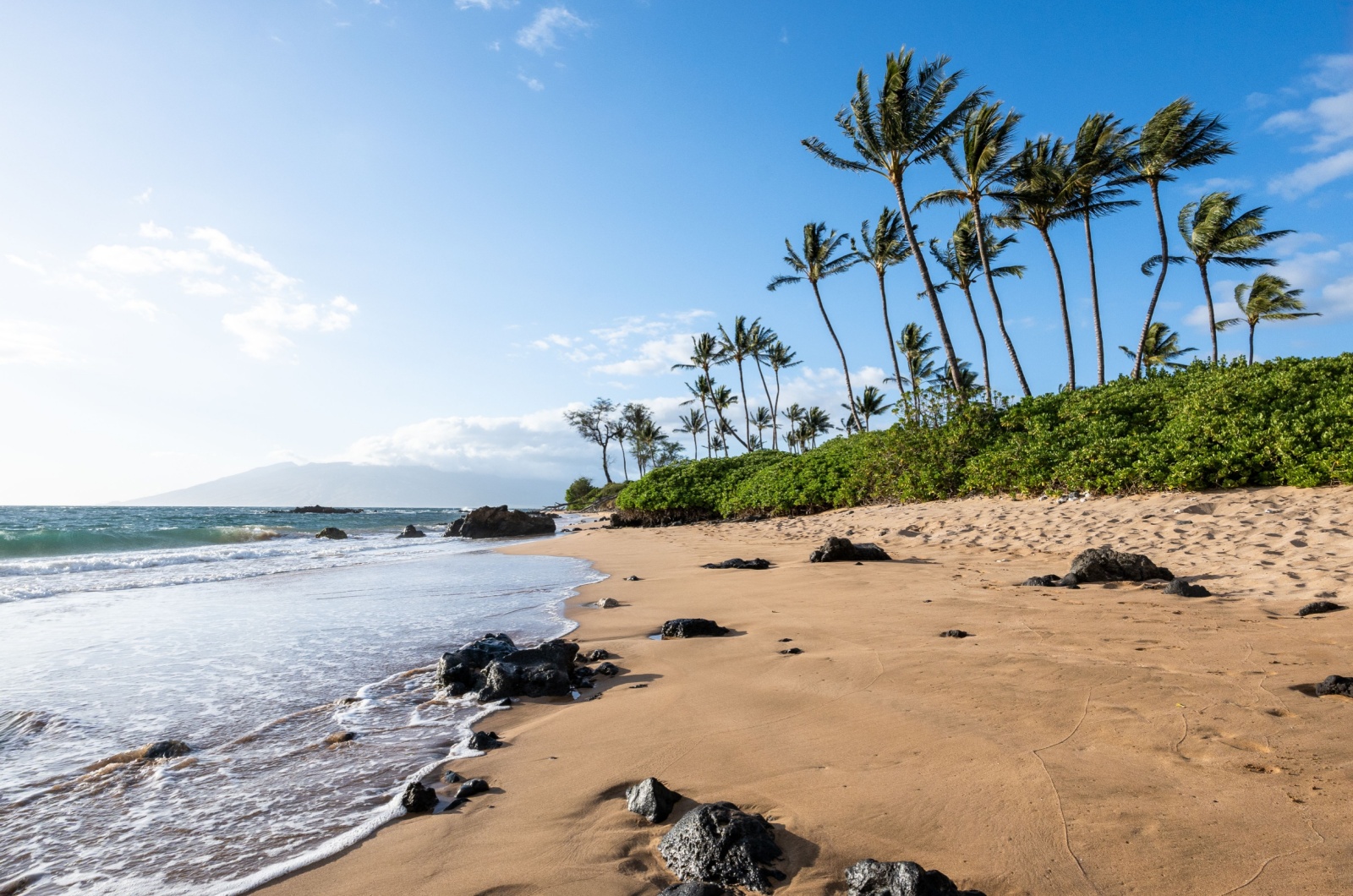
Maui’s beaches, including Kaanapali and Makena, are stunning but also known for shark encounters.
Tiger sharks, in particular, are often spotted in the area. In 2021, a snorkeler reported a bite while exploring coral reefs. Staying out of the water during peak feeding times and respecting shark advisories can help ensure a safe visit.

